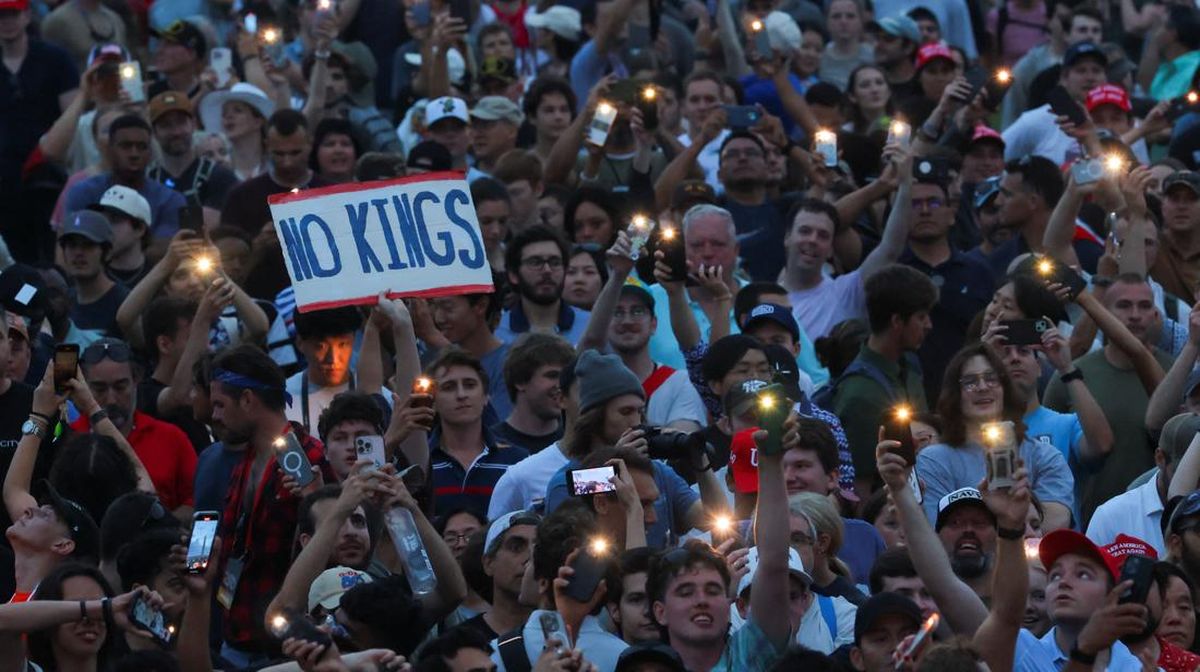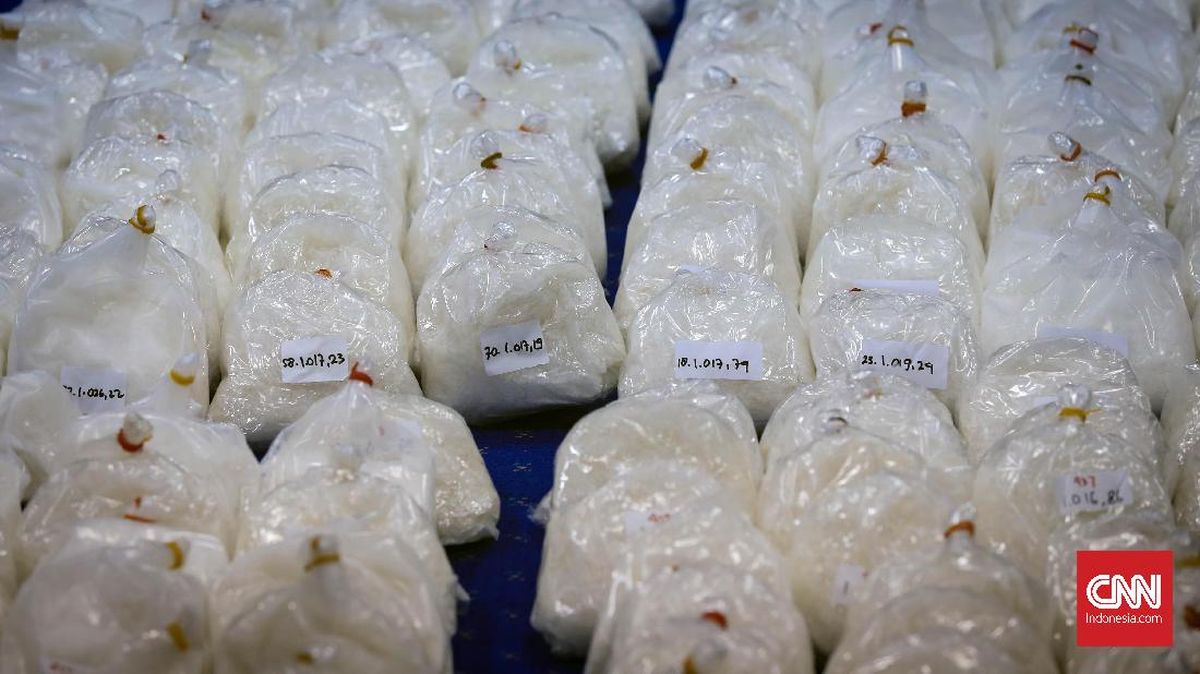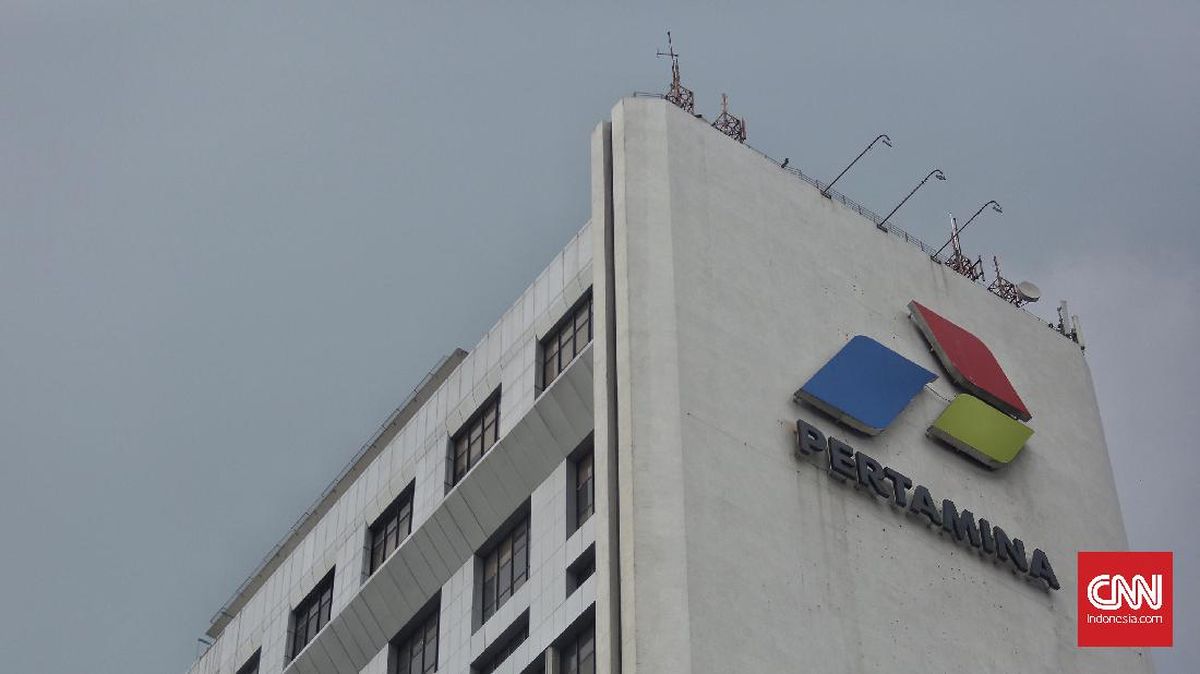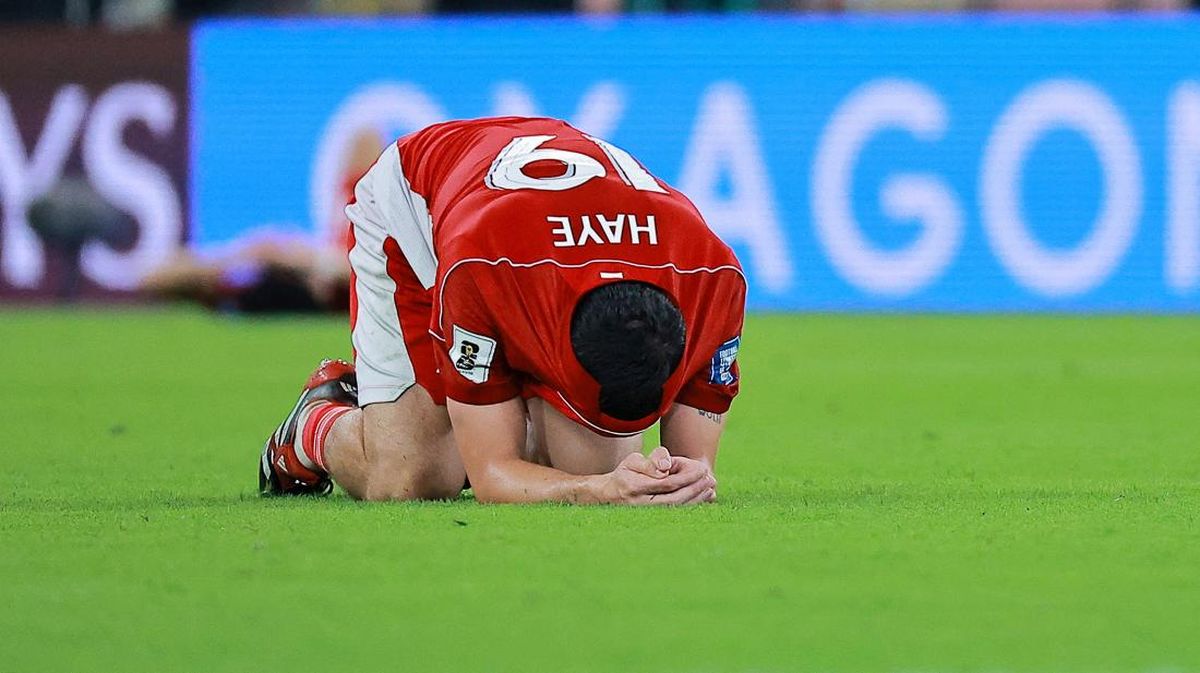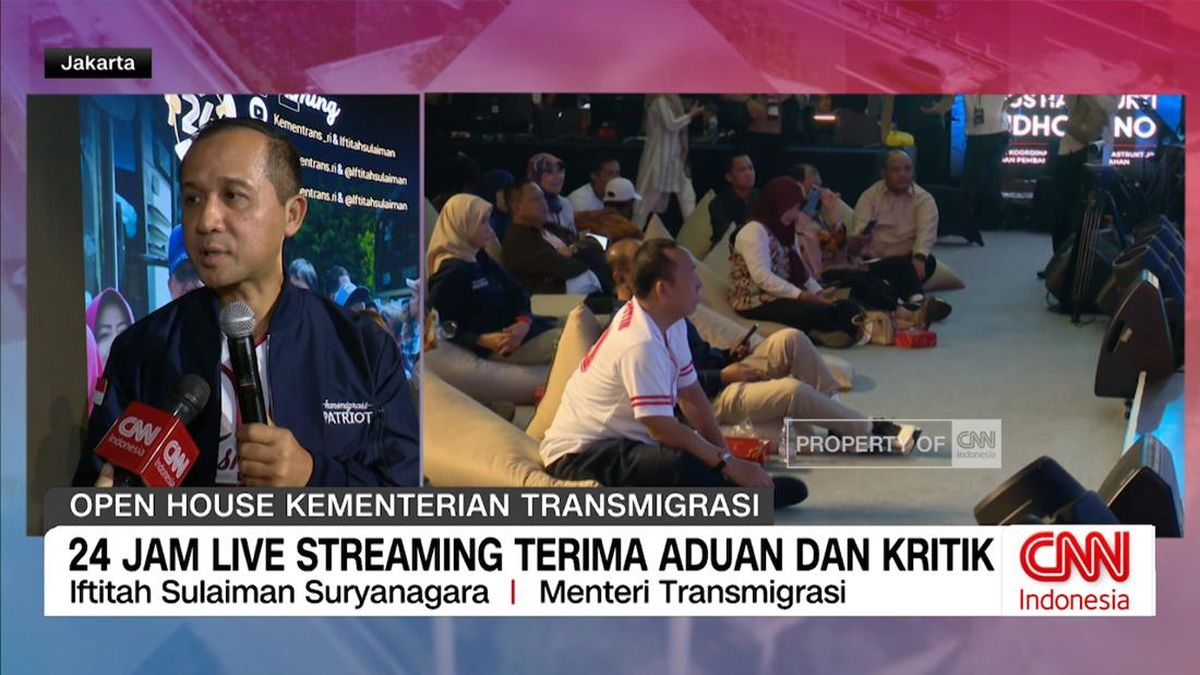Anahita SachdevDelhi and Nikhil InamdarMumbai

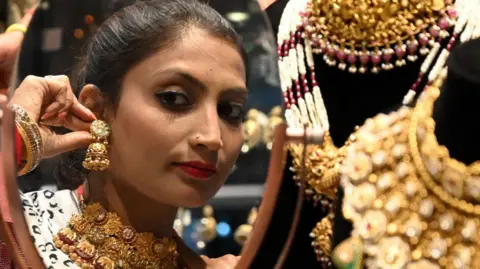 Getty Images
Getty Images
More Indians are choosing buying gold for investment purposes this festive season
Ahead of the Hindu festival of Diwali, the jewellery market in Indian capital Delhi's vibrant Lajpat Nagar neighbourhood is teeming with crowds.
Shops have stayed open even on holidays, and at dusk, dozens of cars line up the streets as a string of flashy signboards beckon shoppers into the flower-adorned stores.
Soaring gold prices - which have topped $1,440 (£1,081) for 10g - may have slightly dented demand for jewellery in the world's second largest market for the yellow metal this year, but Indians are not willing to entirely give up on their penchant for gold yet.
Diwali, along with Dhanteras - a smaller festival that falls on Saturday this year - are believed to be auspicious occasions to buy precious metal, with hundreds of thousands of Indians flocking the markets to buy gold and silver coins, bars and jewellery, which they believe bring wealth and luck.
Skyrocketing prices have created FOMO - or the fear of missing out - in the minds of buyers, who are worried prices might rise even further, Prakash Pahlajani, who runs Kumar Jewels, a family-owned business, told the BBC on a busy evening at his shop.
"As a result, I have more customers this year," Mr Pahlajani said.
But with prices - gold is up 60% and silver 70% - shooting through the roof, jewellers are having to change tack to counter stagnant customer budgets.
"People are not saying 'I don't want to buy'. Instead, they are saying, 'I'll buy a little less," said Tanishq Gupta, another jeweller down the road from Mr Pahlajani's shop.
He said he's had to be innovative and design pieces that look elaborate but have a reduced quantity of gold in them. A coin made of 250mg gold, which he sells for as low as $35, is now thinner but made to look as big as the heavier ones.
Coins weighing a tenth of that, at 25mg, are also on offer in the market.
Pushpinder Chauhan, another retailer in the area, said higher prices had also exacerbated the growing preference for lighter jewellery this year, "especially among younger buyers" who want pieces for everyday wear and not just special occasions.

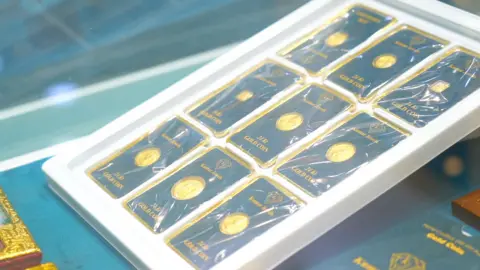
Retailers are selling gold coins weighing as low as 250mg to keep the demand going
Several jewellers the BBC spoke to pointed to another clear trend - more customers were buying gold and silver for investment rather than jewellery this year, something that is also reflected in bullion market data.
While gold jewellery continues to account for the largest share of India's overall gold demand, the proportion driven by investment - primarily bars and coins - has been rising steadily, according to the World Gold Council (WGC).
"Jewellery's share declined to 64% in the second quarter of this year, from 80% in the same period in 2023, while investment demand increased from 19% to 35% over the same period," Kavita Chacko, the council's research head, told the BBC.
A lot of that demand is also being fed by investment in exchange-traded funds (ETFs) or digital gold, where September marked record high inflows.
ETF assets under management have surged by over 70% this year.
Besides retail demand, gold prices are also being significantly influenced by India's central bank, with the metal's share in its foreign exchange reserves rising from 9% to 14% in 2025, according to WGC.
In fact, the Reserve Bank of India (RBI) has been "a major pillar of global gold demand over the past three years", said Kaynat Chainwala who tracks commodities at Kotak Securities, a broking house.
She said the RBI has been stocking up on gold in a bid to diversify its foreign exchange holdings, reduce its dependence on the dollar and provide stability during geopolitical stress.

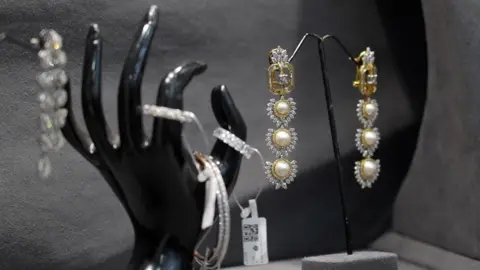
Those in the business say there's a clear shift in demand from heavier to lighter jewellery
Going forward, with the festive and the wedding season under way, retail demand for gold and silver is expected to continue to hold up despite record-high prices, say experts.
"The affluent classes will continue to buy, though it is a setback for lower income families," said Madan Sabnavis, the chief economist at the state-run Bank of Baroda. "Demand will hold up in value terms, even though volumes will fall."
But some families have been totally priced out of the market.
"I am now having to think a lot while buying - about whether to even get something," Bhavna, who's getting married in February, told the BBC outside Mr Pahlajani's jewellery store.
For the moment, she's held off her purchases and is waiting for prices to fall a bit so that she can come back to finish her wedding shopping.

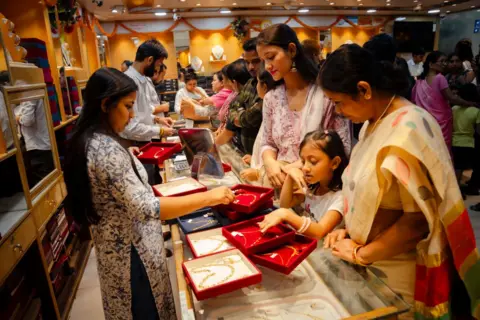 NurPhoto via Getty Images
NurPhoto via Getty Images
Many Hindus purchase gold and silver during Diwali for good luck and prosperity
Such strong cultural affinity for physical gold, particularly jewellery, means the appetite for the noble metal is unlikely to be dented in the long term, despite the short-term moderation, say experts.
This is especially true for a country where high gold holdings have given solid long-term returns, making many Indians affluent at a time when growth is stumbling and jobs are hard to come by.
According to the US investment bank Morgan Stanley, Indian households held a staggering $3.8tn of gold, equivalent to 88.8% of the country's GDP.
"This implies a positive wealth effect on the household balance sheet, given the uptrend in gold prices," Economists Upasana Chachra and Bani Gambhir wrote in a recent note, adding that Indian families are also benefitting from "cyclical factors of lower interest payments with monetary policy easing, and the positive impact on disposable income through direct and indirect tax cuts".
That's not a bad start to the festive season, even though record prices may have taken some glitter off the precious metal.
Follow BBC News India on Instagram, YouTube, X and Facebook.

 10 hours ago
2
10 hours ago
2


